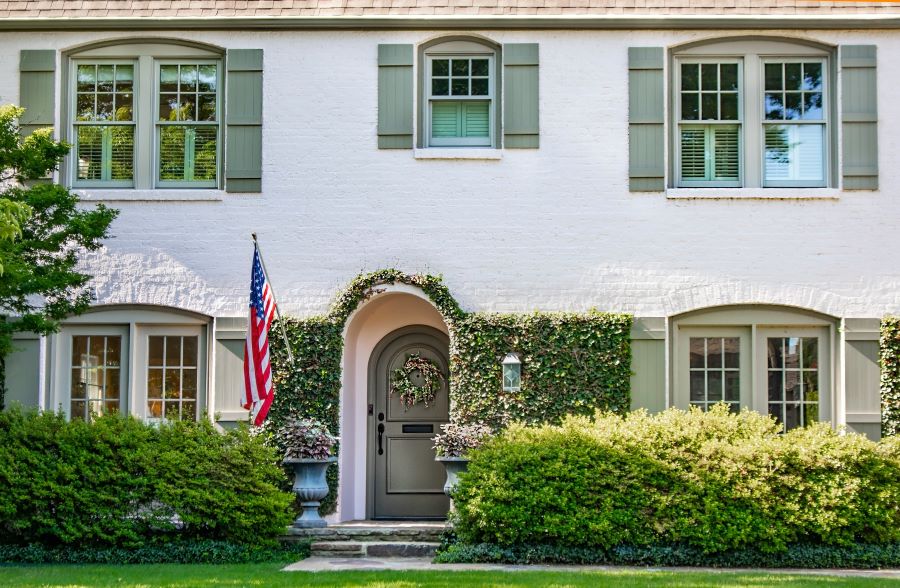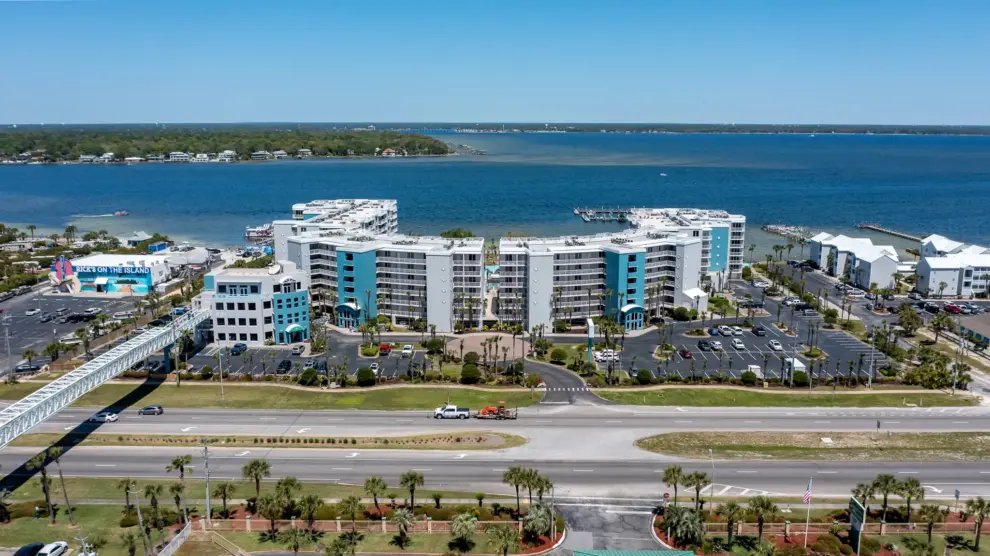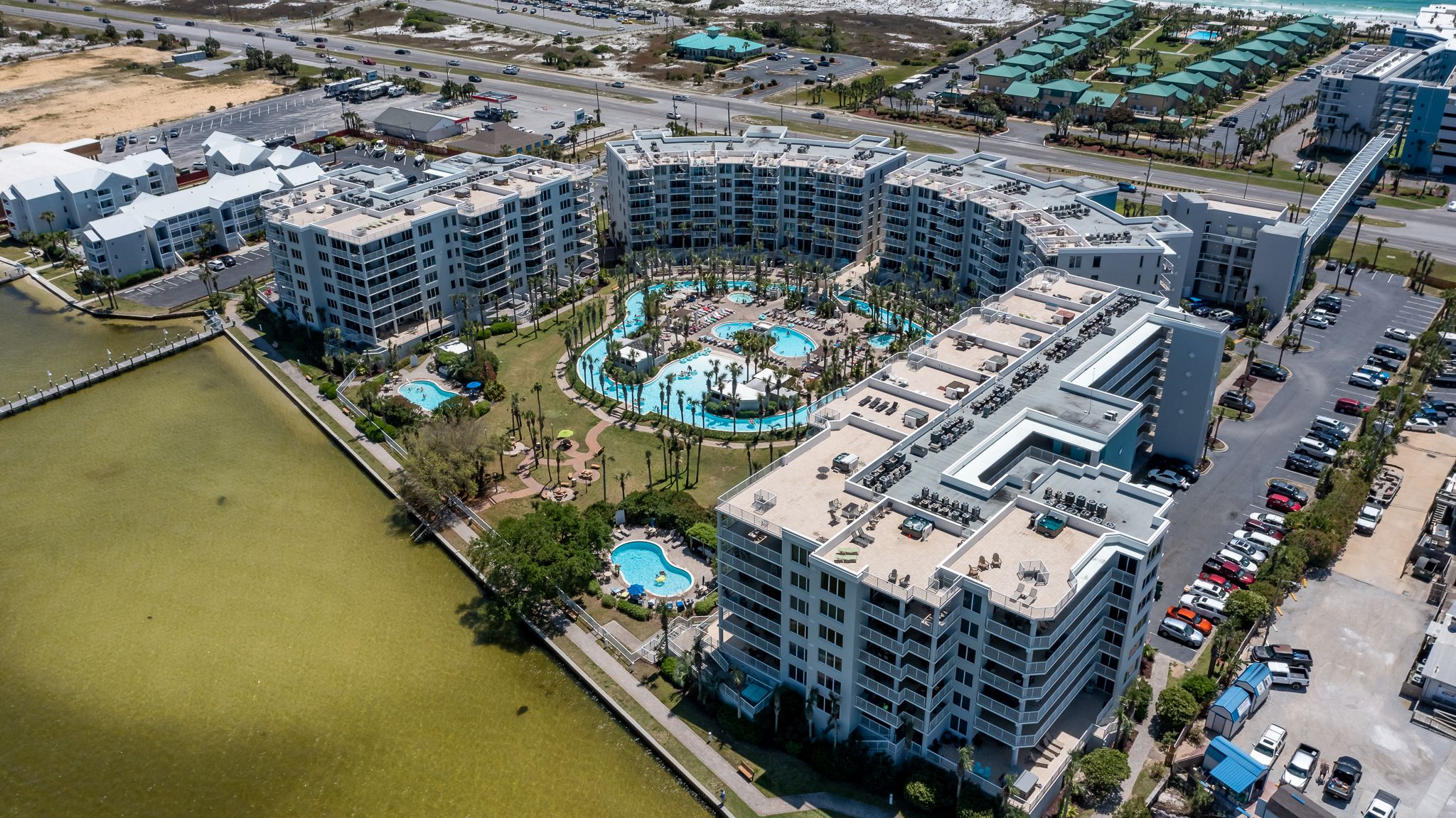Ceramic Elastomeric Coating Gives New Life to Brick Homes
Image courtesy of AmCoat.
It’s easy to date many homes by the color of their brick. Know a 90’s home from the pink brick? How about a 60’s red brick? For many years, homeowners have been turning their dated brick homes into instant classics with one simple trick – coating the brick with Rhino Shield.
We’ve all seen it, ugly homes are instantly transformed when a classic color conceals the brick and brings fresh life to the home. In fact, it’s a trend that’s accelerated much over the last three years. But the porous nature of brick exteriors can make it hard for traditional paints to adhere properly. To enjoy long-lasting performance, expert prep work and application is critical. Mike Moore, AmCoat’s Director of Products and Applications, said coated brick can last for decades.
“Brick coated with Rhino Shield is very robust and can really improve the curb appeal of older homes,” said Moore. “But first things first – the brick must be properly cleaned before primer and topcoat can be applied. Do it right and our special ceramic elastomeric coating is engineered to bond powerfully with brick, giving you long-lasting protection.”
Engineered to outlast traditional paint, Rhino Shield is applied eight to 10 times thicker, a high-solids coating formulated with ceramic microspheres.
The porous nature of brick offers a high degree of protection for the home, allowing excess moisture to escape walls naturally. Rhino Shield’s high permeability rating provides the best moisture protection for your home while still allowing the substrate to “breathe.”
“We talk about permeability or breathability a lot on all types of homes because it’s so important to allow moisture vapor to escape,” said Moore. “This is also true with brick – our fully permeable coating helps prevent blistering and peeling because it prevents moisture retention so the brick can breathe.”
The company offers a wide variety of colors for coating brick, and even offers a clear solution that enhances the look of the existing brick and extends the life of the mortar by sealing it from the elements. It also keeps the brick cleaner, fending off mildew and algae. The available clear coating is also very popular to protect stone walls.
The coating on brick also helps prevent bio growth, a recurring maintenance concern for homeowners with brick homes. Special resin layers take mildew, algae, and fungus resistance far beyond what brick can do on its own.
“Rhino Shield’s bio resistance comes from a four-part formula that’s EPA approved and highly effective,” said Moore. “Basically, it has dynamic integrated protection against mildew, algae, and fungus – all of which can impact brick. Pair that with a time-tested, long-lasting coating and you can see why there is such high demand for our product.”
Original article was posted on www.pcimag.com and can be read in its entirety here.








